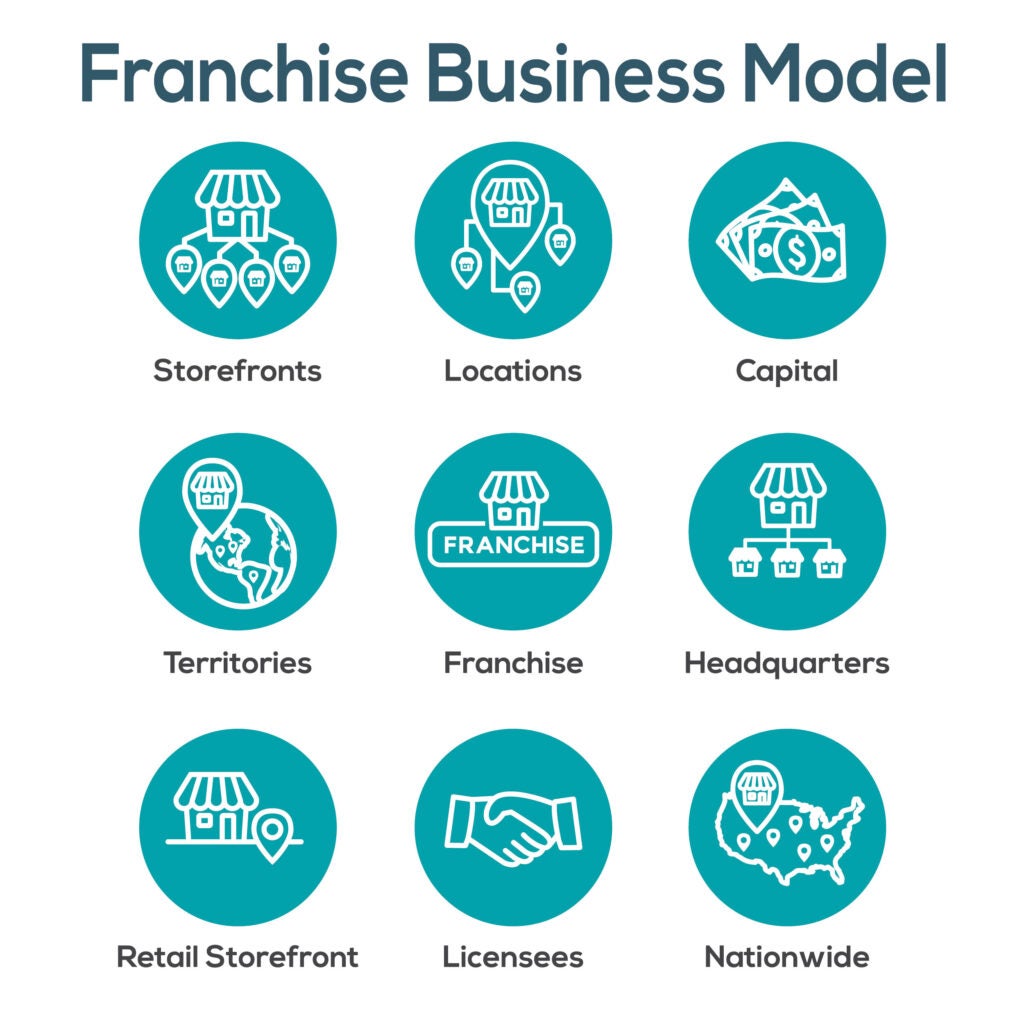A federal district court announced that it will vacate the so-called joint employer rule that threatened to upend the franchise business model and to impose massive new responsibilities and legal liabilities onto businesses for supposed employees over whom they have no direct control.
U.S. District Court Judge J. Campbell Barker’s decision Friday held that enforcement of the National Labor Relations Board’s 2023 joint employer rule “would be contrary to law” and that its rescission of the current 2020 rule was arbitrary and capricious.
Beyond just preventing enforcement of the new rule, the decision stated that “the court will issue a final judgment vacating the 2023 Rule.” That means that the 2020 rule will remain in effect.
The 2023 joint employer rule was set to take effect on Monday. It was contrary to the current 2020 rule, which specifies that for a business to be considered a joint employer of an individual that is also employed by another business, that entity must exercise direct control over the worker’s essential terms of employment.
Under the vacated 2023 rule, an entity could be considered a joint employer of another worker who they did not hire, fire, know, or even indirectly control. Instead, the mere existence of a reserved right to indirectly control an expansive set of essential terms and conditions of employment could result in a person or corporation being treated as a joint employer.
The judge’s decision provided a hypothetical example, in which an ice cream shop, IceCo, contracts with a lawn service, MowCo, to tend the lawn of the shop once a week. The mere fact that IceCo has a contract with MowCo that allows IceCo to refuse the use of certain fertilizers would, under the 2023 rule, cause IceCo to be considered a joint employer of the MowCo employee who mows IceCo’s lawn because IceCo has the reserved right to control a component of the employee’s “health or safety.”

(Illustration: Bearsky23/iStock/Getty Images)
Most immediately, the proposed rule would have affected more than 790,000 unique franchise establishments that employ 8.4 million workers across the U.S. Although commonly thought of as involving restaurant chains such Dunkin’ and Pizza Hut, franchises span dozens of industries. UPS, Visiting Angels (senior care), Kumon tutoring, Hilton Garden Inn, Budget Blinds, Orange Theory Fitness, Pearle Vision, and Servpro home services are just a few of the roughly 4,000 franchise brands.
Although individual franchise owners are directly responsible for employees’ essential terms and conditions of employment (at least what were traditionally considered essential terms and conditions prior to the 2023 rule’s expansion), the 2023 rule would have enabled something as small as the provision of safety videos from a corporate franchiser to independent franchisees to have caused the corporate franchiser to be considered a joint employers of the independent franchisee’s employees.
Even a less expansive definition of joint employer status applied by the NLRB in Browning v. Ferris in 2015 was estimated to have cost franchise businesses as much as $33.3 billion annually, reduced employment by 376,000 jobs, and caused a 93% spike in lawsuits against franchises.
Franchising’s unique model can reduce barriers to entry for entrepreneurship by providing a known brand along with a network of support and training. It is increasingly attractive to minorities and women, who account for a rising share of franchise ownership. Without the franchise model, 39% of female franchise owners say they would not have been able to own their business.
The court’s ruling is a victory for current small-business owners and equally important, it keeps the door open for future entrepreneurs.
This joint employer rule is just one of many significant labor rules that will impose undue hardship on workers and employers alike. The Department of Labor’s independent contractor rule also set to take effect Monday could negatively impact many of the 64 million Americans who performed independent work last year, and the soon-to-be-finalized overtime rule could take away flexibility and income from millions of employees.
Both of those rules are likely to be litigated in court, similar to the joint employer rule.
The Biden administration’s National Labor Relations Board, which issued the rule, said that the court’s decision “is a disappointing setback, but is not the last word on our efforts,” and noted that the board is “actively considering next steps in this case.”
If the Biden administration actually wants to help workers, it should stop trying to make more workers subject to multiple bosses and should instead protect individuals’ rights to pursue the type of work and compensation that is best for them, expand alternative education and job-training opportunities, and eliminate barriers to work opportunities and rising incomes.
Have an opinion about this article? To sound off, please email [email protected] and we’ll consider publishing your edited remarks in our regular “We Hear You” feature. Remember to include the URL or headline of the article plus your name and town and/or state.




























